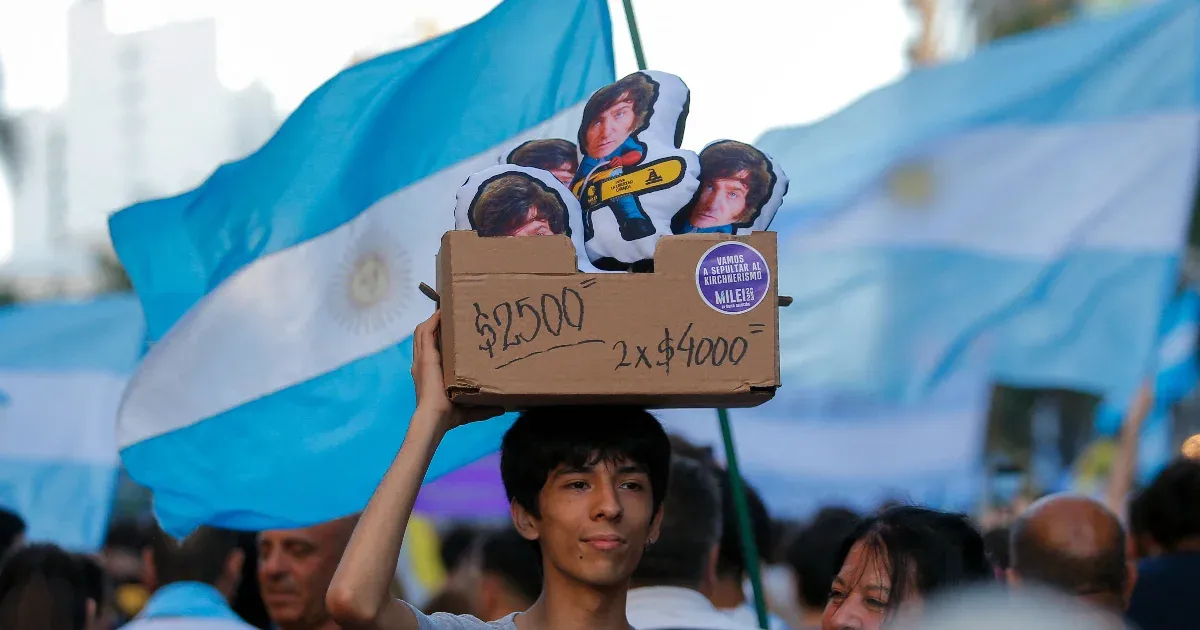Argentina will devalue the peso by more than 50 percent as part of emergency measures to help the country’s faltering economy, Economy Minister Luis Caputo announced on Tuesday. The government decided to take this bold step a few days before the start of President Javier Miley’s term. CNN reports.
In his first official speech after his inauguration, the celebrity-turned-president addressed the fact that there is no money in the country, so austerity is needed and to address the “shock”.
First shock: The dollar exchange rate is now 800 pesos instead of 365 pesos. Incidentally, the peso has been artificially supported for years by strict capital controls, and its value has fallen by about 52% against the US dollar this year. Argentina’s central bank has been printing more pesos in recent years to help the country’s government avoid a debt default. This led to a jump in prices. Miley has also previously campaigned to ditch the weak currency (and Argentina’s central bank) and replace it with the dollar.
The devaluation of the peso is the first of several steps aimed at reducing hyperinflation (which, according to analysts’ estimates, could reach… It could be 185 percent) They are trying to restrain the country. A little overview of the situation now: In October, the central bank was forced to raise its key interest rate to 133%.
On Tuesday, Caputo reiterated Miley’s words that “there’s no money,” while also rolling out other plans for measures: among other things, they will scale back the country’s new public works project, they will not renew labor contracts that have been in effect for more than a year, and they will also cut energy and transportation subsidies. . It is no coincidence that Miley campaigned with a chainsaw in hand, symbolizing his plans to significantly cut public spending.
We wrote about Miley’s economic reform plans in detail in this article.
But the Finance Minister did not mention plans to switch to the dollar. Otherwise, this means that Argentina will have to convert all pesos held by residents and businesses into dollars. With this move, control of the country’s monetary policy (such as regulating interest rates and money printing) will effectively be transferred from the Argentine Central Bank to the US Federal Reserve. One of the biggest obstacles to this plan is that Argentina simply does not have enough dollars to phase out the peso. It is not guaranteed that currency exchange alone will be able to save the country from the worsening economic crisis. Although there are examples of this, Ecuador, El Salvador and Panama, among others, have also switched to the dollar before – although none of these countries’ economies are as large as Argentina’s.












































